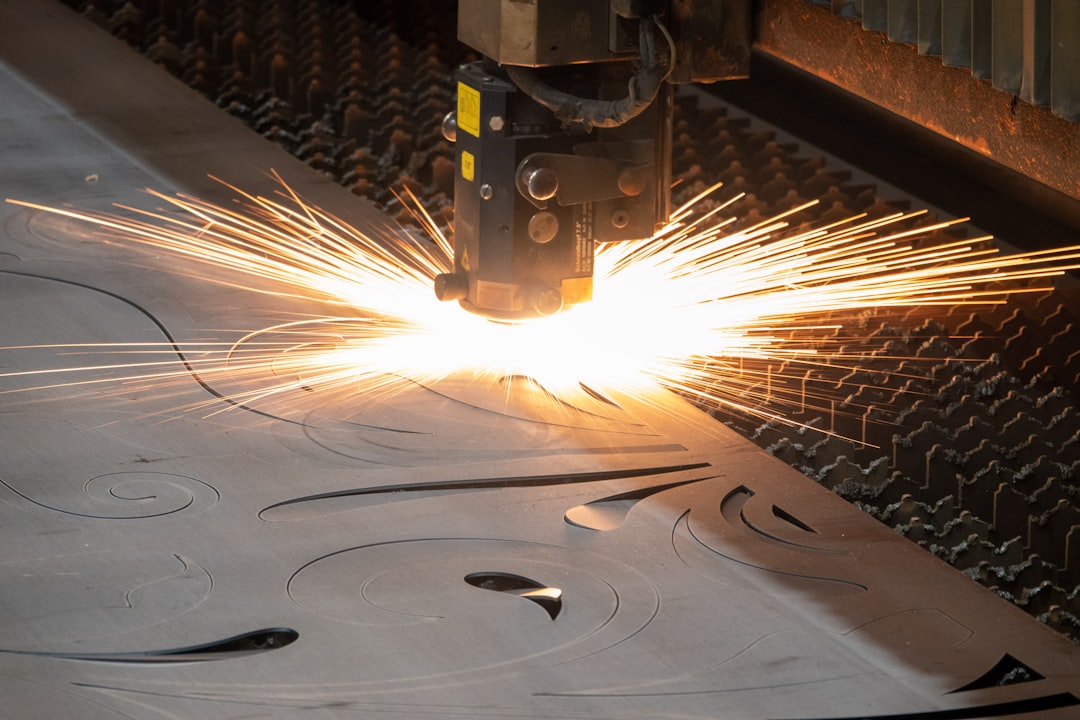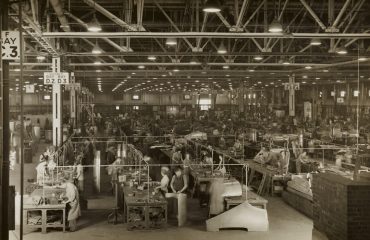body {
font-family: sans-serif;
line-height: 1.6;
}
h1, h2, h3 {
color: #333;
}
From the bustling commuter lines of major cities to the vast transcontinental networks spanning continents, railways are the backbone of efficient and reliable transportation. But beneath the sleek trains and scenic landscapes lies a critical component that makes it all possible: steel. This blog post delves into the indispensable role of steel in railway infrastructure, exploring its various applications, properties, and future prospects.
1. The Backbone of Rail Networks: Steel Rails and Track Systems
Steel rails form the very foundation of railway networks. These long, hardened steel bars are subjected to immense stress from the constant passage of trains, requiring exceptional strength and durability. The most common type of steel used in rail production is high-carbon steel, chosen for its superior hardness and resistance to wear. However, advancements in metallurgy have led to the development of more advanced steel alloys, such as manganese steel and quenched and tempered steel, which offer even greater strength and resistance to fatigue and impact damage. The design and laying of the rails, including the use of ballast, sleepers (ties), and fastenings, are crucial for ensuring track stability and safety. Regular inspection and maintenance of the track system are essential to prevent derailments and ensure the longevity of the infrastructure.
2. Steel Bridges: Spanning Gaps and Connecting Communities
Railway lines often necessitate the construction of bridges to cross rivers, valleys, and other geographical obstacles. Steel plays a pivotal role in this aspect, offering a combination of strength, flexibility, and cost-effectiveness. Steel bridges can be constructed using various techniques, including riveted, bolted, and welded connections. The design of railway bridges must account for the dynamic loads imposed by moving trains, including the impact of vibrations and thermal expansion. Modern railway bridges frequently utilize high-strength low-alloy (HSLA) steels, which offer excellent strength-to-weight ratios, reducing the overall weight of the structure and minimizing material costs. Innovations in steel bridge design, such as the use of advanced computational modeling and fabrication techniques, are constantly improving their efficiency and resilience.
3. Steel in Rolling Stock: Building Safe and Efficient Trains
Steel is not only crucial for the infrastructure but also forms the backbone of the trains themselves. The bodies, chassis, and undercarriages of most railway vehicles are predominantly constructed from steel, providing the necessary strength and protection for passengers and cargo. Different grades of steel are used depending on the specific application, with high-strength steel being preferred for areas requiring high load-bearing capacity, such as bogies and underframes. The design of rolling stock involves intricate calculations to ensure structural integrity and safety under various operating conditions, including high speeds and extreme temperatures. The use of advanced steel alloys and welding techniques contributes to lighter, stronger, and more fuel-efficient trains.
4. Steel’s Role in Railway Signaling and Safety Systems
The safe and efficient operation of railway systems depends heavily on robust signaling and safety systems. Steel plays a crucial role in this domain, providing the structural support for signal masts, crossing gates, and other safety devices. The strength and durability of steel ensure the reliable performance of these critical components, even under harsh environmental conditions. The construction of these systems demands precision engineering and the use of high-quality steel to guarantee the accuracy and dependability of signaling mechanisms. The ongoing trend towards automated and intelligent railway systems further underscores the importance of robust and reliable steel components within the signaling infrastructure.
5. The Future of Steel in Railway Infrastructure: Sustainability and Innovation
The future of steel in railway infrastructure is bright, driven by ongoing advancements in materials science and engineering. Research focuses on developing even stronger, lighter, and more sustainable steel alloys, reducing the environmental impact of railway construction and operation. The use of recycled steel in railway projects is also gaining traction, contributing to a circular economy and reducing reliance on virgin materials. Furthermore, innovative steel fabrication techniques, such as 3D printing, are being explored to optimize the design and construction of railway components, improving efficiency and reducing waste. The integration of advanced sensors and monitoring systems into steel structures will further enhance the safety and maintenance of railway infrastructure.
In conclusion, steel remains the cornerstone of modern railway infrastructure, offering a unique combination of strength, durability, and cost-effectiveness. Ongoing innovation in steel production and engineering ensures that this vital material will continue to play a crucial role in shaping the future of rail transportation.
SEO Tags:
#SteelRailway #RailwayInfrastructure #SteelRails #RailwayBridges #SteelConstruction




